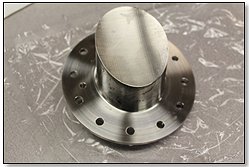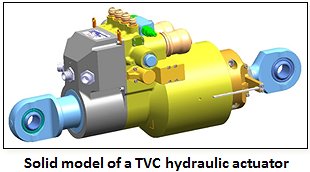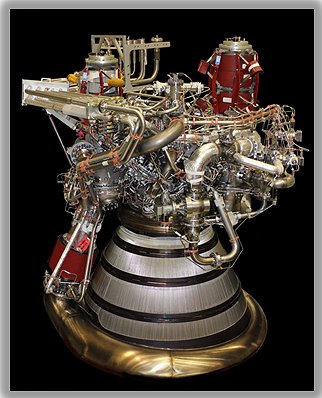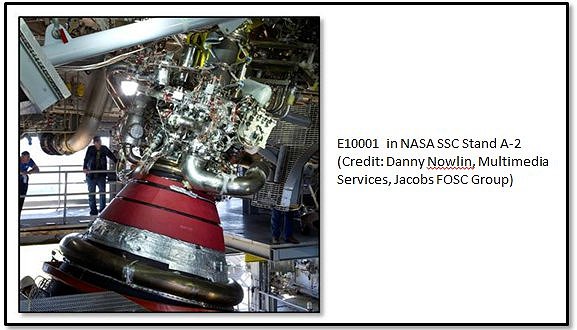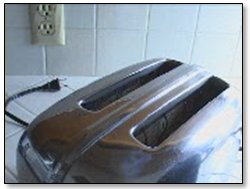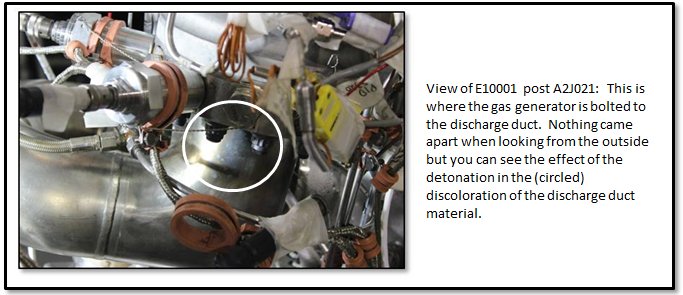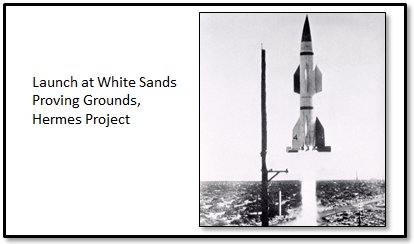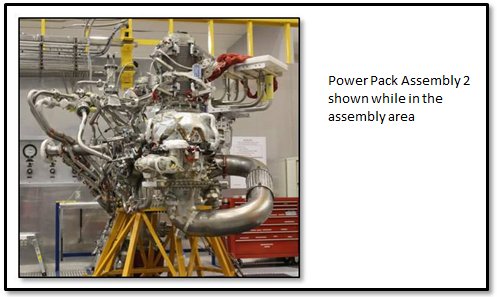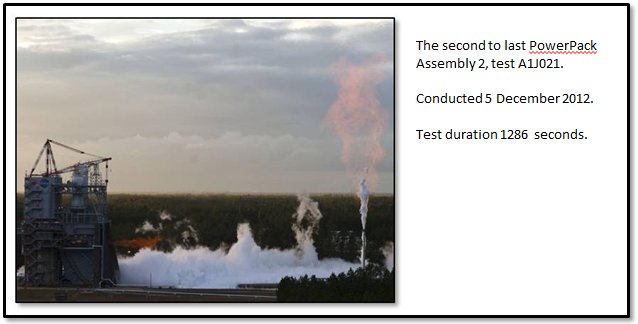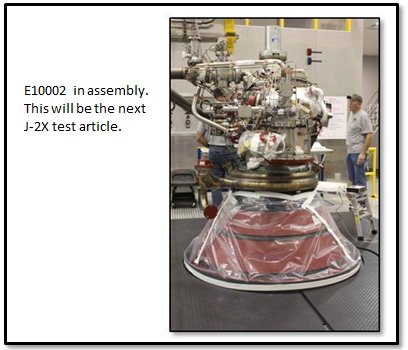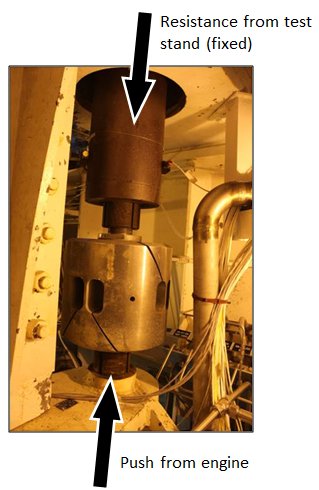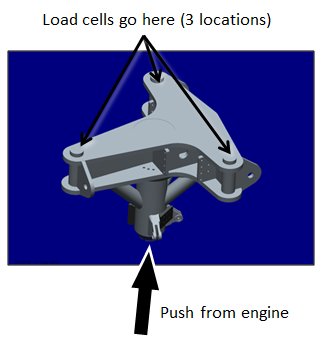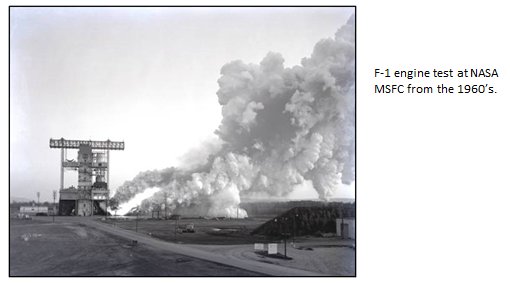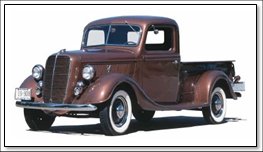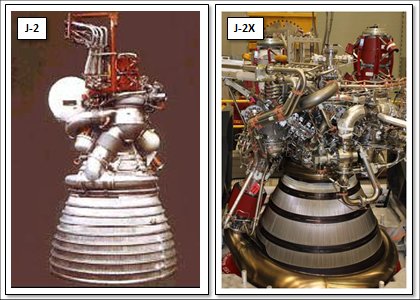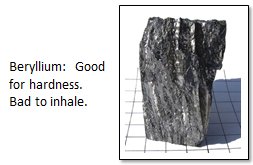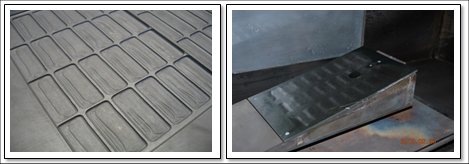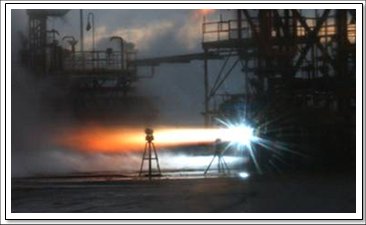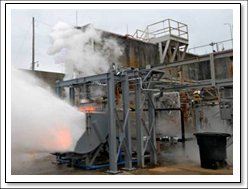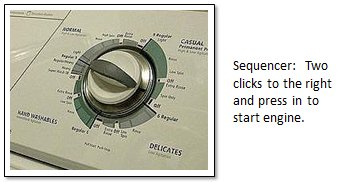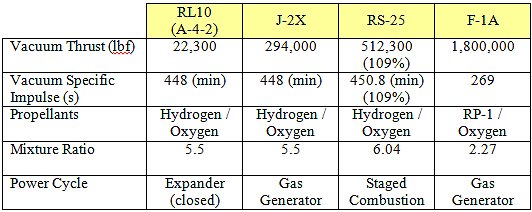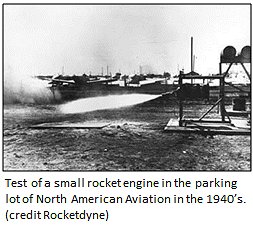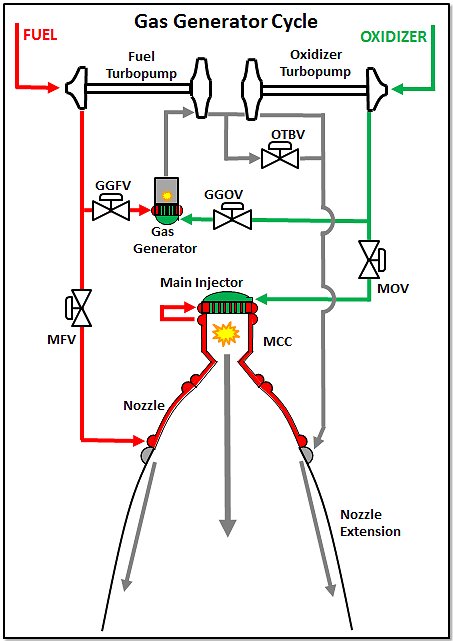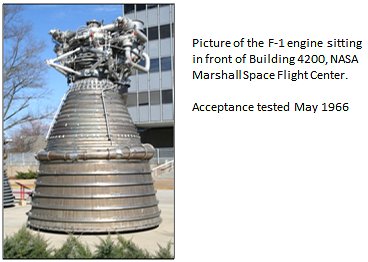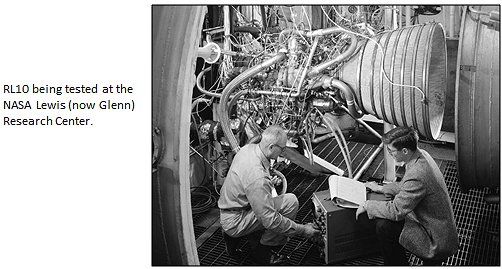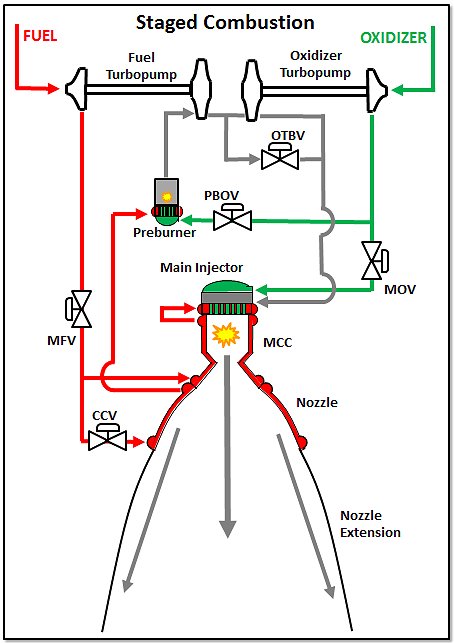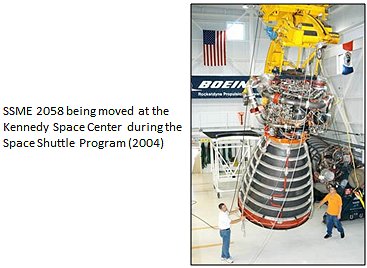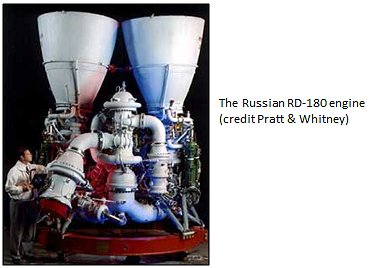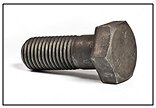If you go back several generations on my mother’s side of the family, you will find a famous artist named Charles Frederick Kimball. Also on my mother’s side of the family, in a different branch, a couple of generations later, there was a professional commercial artist. On my father’s side, my grandmother was a wonderful artist who painted mostly landscapes of the Mohawk and Hudson River valleys in upstate New York. And, of course, I’m married to an extremely talented artist. You would think with those bloodlines and that much exposure, I’d have a just bit of artistic ability myself. You would be wrong. I love art. I just can’t make it.
The closest thing that I come to visual expression is confined to Microsoft PowerPoint creations. However, within that narrow arena, particularly when it comes to engineering subjects, there is still fun to be had. What we’re going to do for this article is undertake one of my favorite pseudo-artistic hobbies and play with expander cycle engine schematics.
So, let’s start with a simple, happy little cycle called the Closed Expander Cycle. Most of what you need to know about this cycle is in the name. First, it is closed. That means that all of the propellants that come into the engine leave by going through the throat of the main combustion chamber thereby yielding the greatest chemical efficiency available. Later, we’ll see that the opposite of “closed” is “open.” Second, it is an expander. That means that turbomachinery is driven by propellants that picked up heat energy from cooling circuits in the main combustion chamber and nozzle. Typically, expander cycle engines use cryogenic propellants so that when these propellants are heated they change from liquid-like fluids to gas-like fluids. Turbines very efficiently make use of gas-like drive fluids. (Note that I keep referring to “fluids” rather than simply liquids and gases. That’s because it’s usually a good idea to deal with supercritical fluids in cooling tubes or channels. Phase changes can be unpredictable and lead to some odd pressure profiles.)
Above is a Microsoft PowerPoint masterpiece illustrating the Closed Expander Cycle rocket engine. Fuel and oxidizer come in from the stage and are put through pumps to raise their pressure. On the fuel side, the pump discharge is routed through the main fuel valve (MFV) to the nozzle and the main combustion chamber (MCC) cooling jackets. I’ve not shown the actual routing here. Typically, the MCC is cooled first and then, the now warmer fuel is used to cool the nozzle. The heat loads in the MCC are significantly higher than those in the nozzle. But whatever is the exact routing of the cooling fluid, the discharge, now full of energy picked up from the process of cooling, is fed into the turbines. The oxidizer turbine bypass valve (OTBV) shown in the diagram is a means for controlling mixture ratio by moderating the power to the oxidizer turbine. In some cases, if you have only one mixture ratio setting for the engine, you might be able to put an orifice here rather than a valve. The turbines are driven by the warm fuel and then the discharge of the turbines is fed through to the main injector and then into the combustion zone. On the oxidizer side, the routing is much simpler. The oxidizer pump discharge is plumbed through the main oxidizer valve (MOV) directly into the main injector. Within the MCC, you have the combustion of your propellants, the resultant release of energy, the generation of high-velocity combustion products, and the expulsion of these products through the sonic MCC throat and out the supersonic nozzle. Ta-da, thrust is made!
The closed expander is one of the most simple engine cycles that has ever been imagined. The venerable RL10 engine first developed in the 1950s and still flying today is based on this cycle (with the slight twist that there is only one turbine and the pumps are connected through a gear box – thereby eliminating the need for the OTBV). This simplicity is both the strength of the cycle and also it’s limiting feature. Consider the fact that all of the fuel – hydrogen in the case of most expanders – gets pushed all of the way through the engine to finally end up getting injected into the combustion chamber. All that pushing translates to pressure drops. It means that the turbines don’t have that much pressure ratio to deal with in terms of making power for the pumps. In other words, the downstream side of the turbine is the lowest pressure point in the cycle and that’s the combustion chamber. The result is that your chamber pressure can’t be very high. That means that the throat of your MCC is relatively large and then that means the expansion ratio of your nozzle and nozzle extension start to get limited simply by size and structural weight.
Also, note that all of the power to drive the entire cycle is provided by the heat picked up by the fuel in the MCC and nozzle cooling channels. This then becomes a limiting factor in terms of the overall power and thrust-class of the engine. As an engine gets bigger, at a given chamber pressure, the thrust level increases to the second power of the characteristic throat diameter, but the available surface area to be used to pick up heat to power the cycle only increases by that characteristic diameter to the first power. In other words, thrust is proportional to “D-squared” but, to a first order, turbine power is proportional to “D.” Thus, you can only get so big before you can’t get enough power to run the cycle. One means for overcoming this is to make the combustion chamber longer just to give yourself more heat transfer surface area. The European engine called the Vinci follows this approach. But even this approach is limiting if taken too far since a chamber that is too long makes for less efficient combustion and, of course, a longer combustion chamber also starts to get awfully darn heavy.
So, how big can a closed expander cycle rocket engine be? Well, that’s a point of recurring dispute and debate. I can only give my opinion. I would say that the closed expanding cycle engine most useful and most practical when kept to a thrust level of less than approximately 35,000 pounds-force.
Getting back to the notion of artistic expression, what then are the possible variations on the theme of the expander cycle engine? Well, the themes and variations are used to explore and potentially overcome perceived shortfalls in the Closed Expander Cycle. The first in this series is the Closed Split Expander, the portrait of which is below:
The shortfall being addressed here is the fact that in the Closed Expander Cycle all of the fuel was pushed all over the engine resulting in large pressure losses. In this case, some – usually most – of the fuel is pumped to a lower pressure through a first stage in the pump and then another portion is pumped to a higher pressure. Thus, the fuel supply is “split” and that’s the origin of the name. It is this higher pressure stream, routed through the fuel coolant control valve (FCCV) that is pushed all over the engine to cool the MCC and nozzle and to drive the turbines. The lower pressure stream is plumbed directly into the main injector. The theory is that by not requiring all of the fuel to be pumped up to the highest pressure, you relieve the power requirements for the fuel turbine. It is always the hydrogen turbopump that eats up the biggest fraction of the power generated in the cycle so this is an important notion.
Does this cycle help? Yes, some. Maybe. The balance of how much to split, what that split does to the efficiency of the heat transfer (less flow means possibly lower fluid velocities, lower velocities means lower heat transfer, lower heat transfer means less power…) makes it not always clear that you gain a whole lot from the effort of making the cycle more complex. The portrait, however, is nice, don’t you think? It has a realistic flair, a mid-century industrialist-utilitarian feel.
Next, wishing to express yourself, you can address the age-old issue of the intermediate seal in the oxidizer turbopump. Take a good look at the first two schematics presented here. You will see that the oxidizer pump is being driven by a turbine using fuel as a working fluid. This is a very typical situation with rocket engines, whether they’re expander cycle engine or other cycles. For example, this is the situation that you have in the RS-25 staged-combustion cycle engine and in the J-2X gas-generator cycle engine. What that situation sets up, however, is a potential catastrophic failure. You have fuel and oxygen in the same machine along with spinning metal parts. If the two fluids mix and anything rubs, then BOOM, you have a bad day. So, inside oxidizer pumps you usually have a complex sealing arrangement that includes a continuous helium barrier purge to keep the two fluids separate. For the next expander cycle schematic, however, we can eliminate the need for this complex, purged seal.
This is a Closed Dual Expander Cycle. It is still “closed” in that everything that comes into the engine leaves through the MCC throat. The new part is that it is “dual” in that we now not only use the fuel to cool, but we also use the oxidizer. Thus, we use heated fuel to drive the fuel turbopump and heated oxidizer to drive the oxidizer turbopump. For this sketch, I’ve used a split configuration on the oxidizer side with a portion of the flow being pumped to a lower pressure and routed directly to the main injector and another portion pumped to a higher pressure, routed through the oxidizer coolant control valve (OCCV), to be pushed through the regeneratively cooled nozzle jacket and then through the oxidizer turbopump turbine. I’ve done this since you’re likely running the engine at a mixture ratio (hydrogen/oxygen) of between 5 and 6. You wouldn’t want to push that much oxidizer through the nozzle cooling channels or tubes. Now, if you’re designing an expander with something like methane as your fuel so your mixture ratio lower, then maybe you can consider a non-split oxidizer side.
Note that with the dual expander approach I’ve gotten rid of the need for the purged seal package in the oxidizer pump and thus I’ve eliminated a potential catastrophic scenario (in the event of seal package failure). However, I’ve accomplished that at the cost of some cycle complexity. Also, cooling with oxidizer does not always make everyone happy. Whenever you have a cooling jacket (either smooth wall or tubes), you always have the potential for cracking and leaking. If you’re cooling with hydrogen, then a little leakage of extra hydrogen into a fuel-rich environment is a relatively benign situation. It happens all of the time. But what if you leak oxidizer into that fuel-rich combustion product environment? Well, some studies have suggested that you’ll be fine, but it makes me just a little uneasy. Then, also, you’re using heated oxidizer to drive your turbine. It can be done, but using something like oxygen to drive spinning metal parts requires great care. Under the wrong circumstances, a pure oxidizer environment can burn with just about anything as fuel, including most metals. So, for all your effort to eliminate the seal package in the oxidizer turbopump, it’s not clear to me that you’ve made the situation that much safer. However, despite these potential drawback, the schematic portrait itself has a certain baroque feel to it with the oxidizer side being positively rococo.
So, you’ve gone this far. Why not take the final plunge? Introducing the “Closed Dual Split Expander:”
By now, having stepped through the progression, you understand how it is “closed,” how it is “dual,” and how it is “split” (on both sides this time). It’s not practical in terms of being a recipe for a successful rocket engine design for a variety of reasons balancing complexity versus intended advantages, but it’s an impressive schematic. To me, it has a gothic feel, almost like a medieval cathedral with glorious flying buttresses and cascading ornamentation that just leaves you dazzled with details.
So, we’ve wondered off and into the weeds of making expander cycle portraits for the sake of their beauty rather than necessarily their useful practicality. Let’s return to the more practical realm and question that which has been common to every cycle thus far presented. It’s been the word “closed.” Does an expander cycle engine have to be a closed cycle? Of course not! Once we’ve made that observation, we come to a very practical option. Introducing the “Open Expander Cycle:”
This biggest difference between this and every other previous schematic is the fact that the working fluid driving the turbines is dumped into the downstream portion of the nozzle. This is a much lower pressure point than the main combustion zone. The first thing that most people think when they see this cycle is that it must be a lower performance engine. After all, you’re dumping propellant downstream of the MCC throat. And, yes, that is an inherent inefficiency within this cycle. Whenever you expel propellants in some way bypassing the primary combustion, you lose efficiency. However, here is what you gain: lots and lots of margin on your pressure budget. Because I don’t have to try to stuff the turbine bypass into the combustion chamber, I can make my chamber pressure much higher. In a practical sense, I can make it two or three times higher than in a simple closed expander cycle engine. What that allows me to do is make the throat very small and that, in turn, provides for the opportunity for a very high nozzle expansion ratio within reasonable size and structural weight limits. The very high expansion ratio means more exhaust acceleration and, in this way, I can get almost all of the way back to the same kind of performance numbers as a closed cycle despite the propellant dump.
Here, however, is the really cool part of the open expander cycle: I can leverage the high pressure ratio across the turbines such that I can get more power out of a given heat transfer level in the cooling jackets. Up above, earlier in this article, I suggested that there was a practical thrust limit for closed expanders of approximately 35,000 pounds-force (my opinion) and this was due to the geometric relationships between thrust and heat transfer surface area. For an open expander, I can design high-pressure-ratio turbines for which I don’t need as much heat pick up to drive the pumps. Thus, I can make a higher thrust engine. How high? Well, my good friends from Mitsubishi Heavy Industries (MHI) and the Japanese Space Exploration Agency (JAXA) have designed a version of this cycle that gets up to 60,000 pounds-force of thrust and I’ve seen other conceptual designs that go even higher. The folks in Japan already fly a smaller version of this cycle in the LE-5B engine that generates 32,500 pounds-force. Note that they often refer to this cycle by another name that is very common in the literature and that’s “expander bleed cycle,” with the “bleed” portion describing the overboard dump into the nozzle. I prefer the designation of “open” since it clearly distinguishes it from the “closed” cycles illustrated earlier.
We have just about reached the end of this article but we have not reached the end of possibilities with expander cycle engine schematics. That’s what makes them fun and, in my mind, kind of like playing with art. You can come up with all kinds of combinations and additions. For example, what if you took an expander cycle and added a little burner? Over and over I’ve said that the limiting factor for a closed expander is the amount of heat that you pick up in the cooling jackets. Well, okay then, let’s add a small burner that has no other purpose than to make the turbine drive gas hotter. The result looks something like this:
This cycle has a gas generator but is not a gas generator cycle since the combustion products from that GG are not used to drive the turbines directly. Rather, the GG exhaust is piped through a heat exchanger and then dumped overboard. Yes, you lose a little of your performance efficiency because it’s no longer a closed cycle, but the GG flows can be small and what you get out of it is a boost in available turbomachinery power and therefore potential thrust. That’s my own little piece of artwork to demonstrate and anyone can do it.
Remember Bob Ross from Public Broadcasting? I loved watching his show and, as I’ve said, I can’t paint worth a lick. But his show was relaxing to watch and listen to and he was always so relentlessly supportive. There never were any mistakes. Everything could be made all right in the end. And anyone could make pretty mountains and happy little trees. I’d like to suggest that the same is true about my little hobby of assembling happy little expander cycle schematics. No, most will probably never be built or fly and the schematic portraits will probably never grace the walls of MOMA, but that’s okay. My artist grandmother used to tell me that sometimes the purpose of doing art was not necessarily found in the end product, but instead as part of the journey of creation.






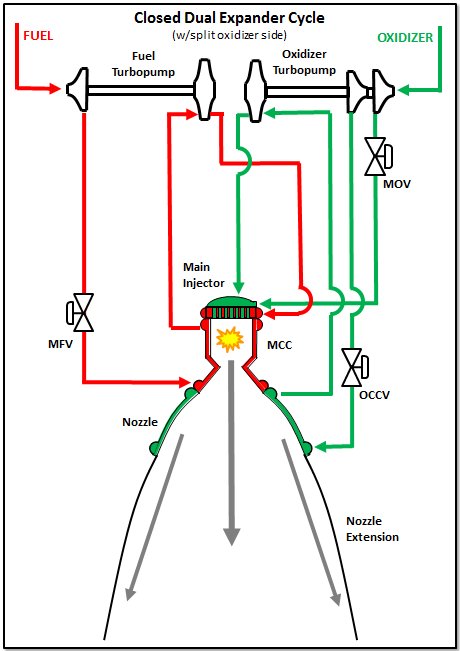

















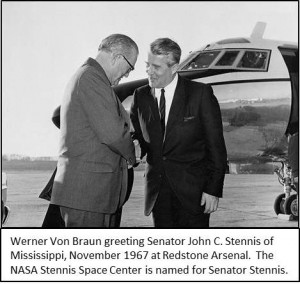
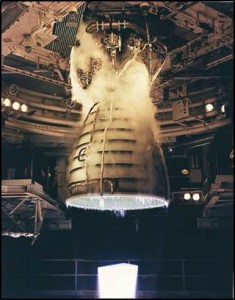












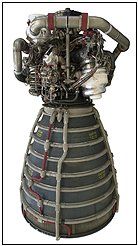 The name “RS-25” is, as I’ve mentioned in past articles, the generic name for the engine that everyone has known for years as the “SSME,” i.e., the Space Shuttle Main Engine. There is much to talk about the RS-25. Lots and lots of stuff. More stuff that I could possibly fit into a single article. Here are just some of the RS-25 topics that we’ll have to defer to future articles:
The name “RS-25” is, as I’ve mentioned in past articles, the generic name for the engine that everyone has known for years as the “SSME,” i.e., the Space Shuttle Main Engine. There is much to talk about the RS-25. Lots and lots of stuff. More stuff that I could possibly fit into a single article. Here are just some of the RS-25 topics that we’ll have to defer to future articles:
 have guessed, this is something that I wondered about many years ago as a pre-engineering spud. They seemed to be an awfully silly thing to build when you could just turn on the faucet and have water spurt out whenever you want. Ah, the wonderful simplicity of childhood logic: Things work just because they do and every day is Saturday.
have guessed, this is something that I wondered about many years ago as a pre-engineering spud. They seemed to be an awfully silly thing to build when you could just turn on the faucet and have water spurt out whenever you want. Ah, the wonderful simplicity of childhood logic: Things work just because they do and every day is Saturday.

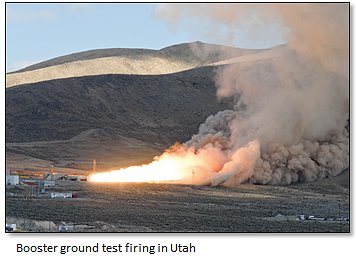
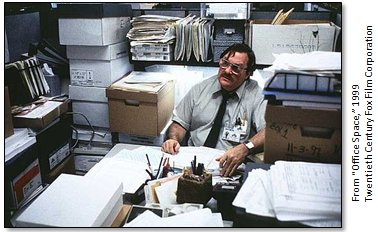


 For the SLS vehicle, the upper-stage engine is the rocket engine so near and dear to our hearts after several years of design and development and fabrication and assembly and test: J-2X. The core-stage engine is the RS-25. No, the RS-25 is not a brand new engine. Rather, it is the generic name for that workhorse of the last thirty years, the Space Shuttle Main Engine (SSME).
For the SLS vehicle, the upper-stage engine is the rocket engine so near and dear to our hearts after several years of design and development and fabrication and assembly and test: J-2X. The core-stage engine is the RS-25. No, the RS-25 is not a brand new engine. Rather, it is the generic name for that workhorse of the last thirty years, the Space Shuttle Main Engine (SSME). 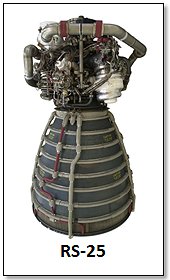 Thus, when you come to the end of a program and you have fourteen engines with remaining, usable life, then you’ve got one heck of a residual resource. In addition, there was one SSME assembled and ready to go, but it never made it to the test stand or the vehicle. So it’s brand new. And, on top of that, there were enough leftover pieces and parts lying around of flight-quality hardware to cobble together yet another engine. And, there’s more! (Yes, I feel like the late-night infomercial guy, “and if you call in the next 10 minutes you will get this special gift!”) There are also two development SSMEs. These are not new enough to fly, but they are useful for ground testing and issues resolution. That means that there are a total of sixteen RS-25 flight engines and two RS-25 development engines available to support the SLS Program.
Thus, when you come to the end of a program and you have fourteen engines with remaining, usable life, then you’ve got one heck of a residual resource. In addition, there was one SSME assembled and ready to go, but it never made it to the test stand or the vehicle. So it’s brand new. And, on top of that, there were enough leftover pieces and parts lying around of flight-quality hardware to cobble together yet another engine. And, there’s more! (Yes, I feel like the late-night infomercial guy, “and if you call in the next 10 minutes you will get this special gift!”) There are also two development SSMEs. These are not new enough to fly, but they are useful for ground testing and issues resolution. That means that there are a total of sixteen RS-25 flight engines and two RS-25 development engines available to support the SLS Program. 

